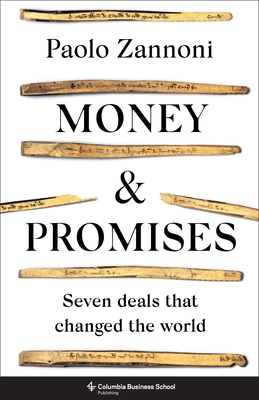
description
m--and how does this history help us understand financial crises? In the twelfth century, Pisa was a thriving metropolis, a powerhouse of global trade, and a city that stood at the center of medieval Europe. But Pisa had a problem: Money came in the form of coins, and they were becoming scarce. In the face of this financial and monetary crisis, the foundations of modern banking were laid. In Money and Promises, the distinguished banker, executive, and historian Paolo Zannoni examines the complex relationship between states and banks that has changed the world. Drawing on in-depth archival research, he explores seven case studies: the republic of Pisa, seventeenth-century Venice, the early years of the Bank of England, imperial Spain, the Kingdom of Naples, the nascent United States during the American Revolution, and Bolshevik Russia in 1917 through 1923. Zannoni also tells the story of how the Continental Congress established the first public bank in North America, exploring the roles of Thomas Jefferson, Benjamin Franklin, and Alexander Hamilton. Spanning many countries, political systems, and historical eras, this book shows that at the heart of these institutions is an intricate exchange of debts and promises that shaped the modern world as we know it.
member goods
No member items were found under this heading.
listens & views

CRUCIAL ACOUSTIC BLUES / VARIOUS
by CRUCIAL ACOUSTIC BLUES / VARIOUS
COMPACT DISCout of stock
$8.99
Return Policy
All sales are final
Shipping
No special shipping considerations available.
Shipping fees determined at checkout.






